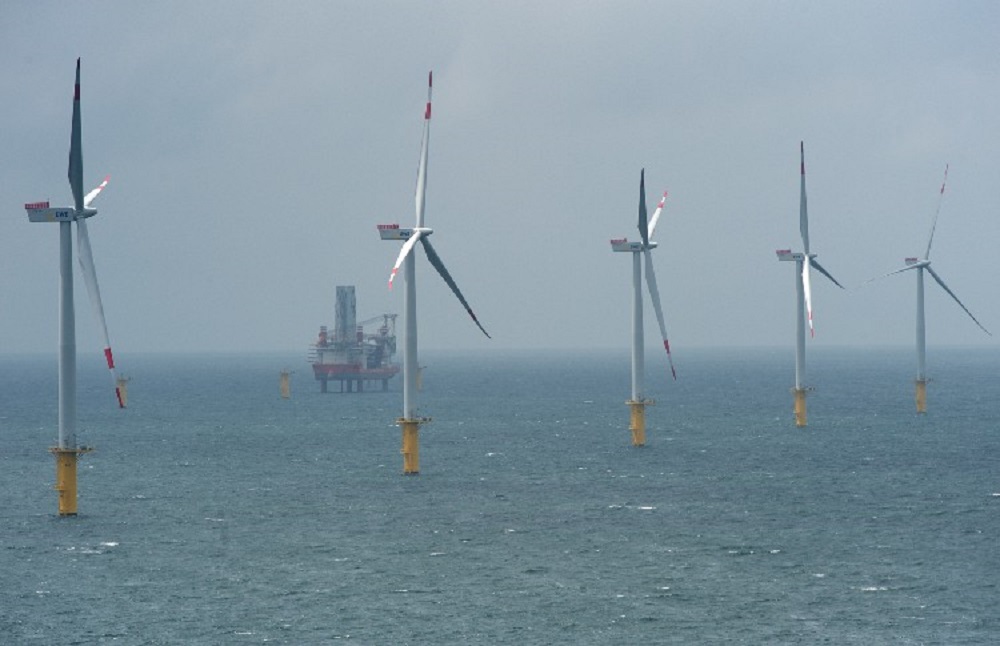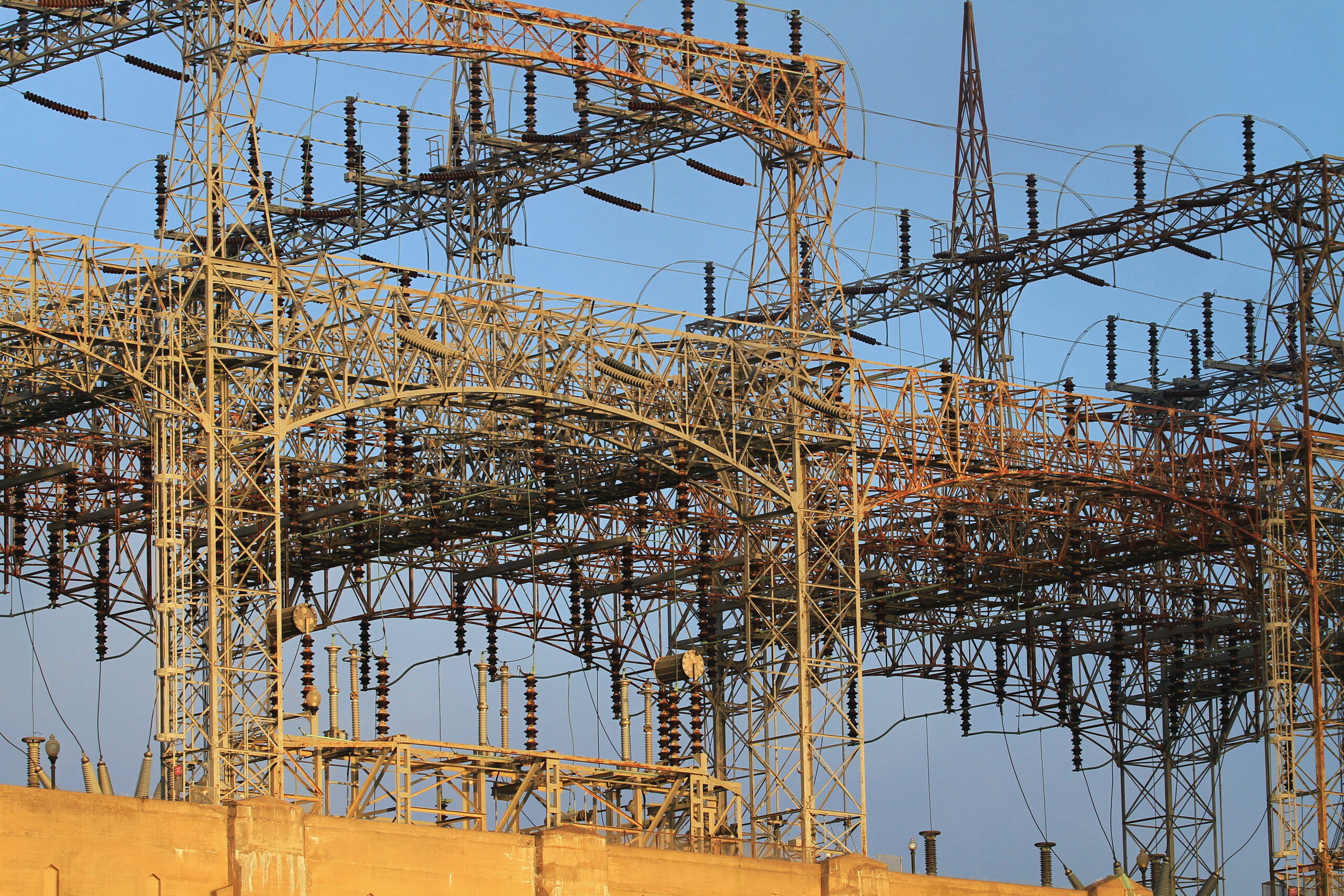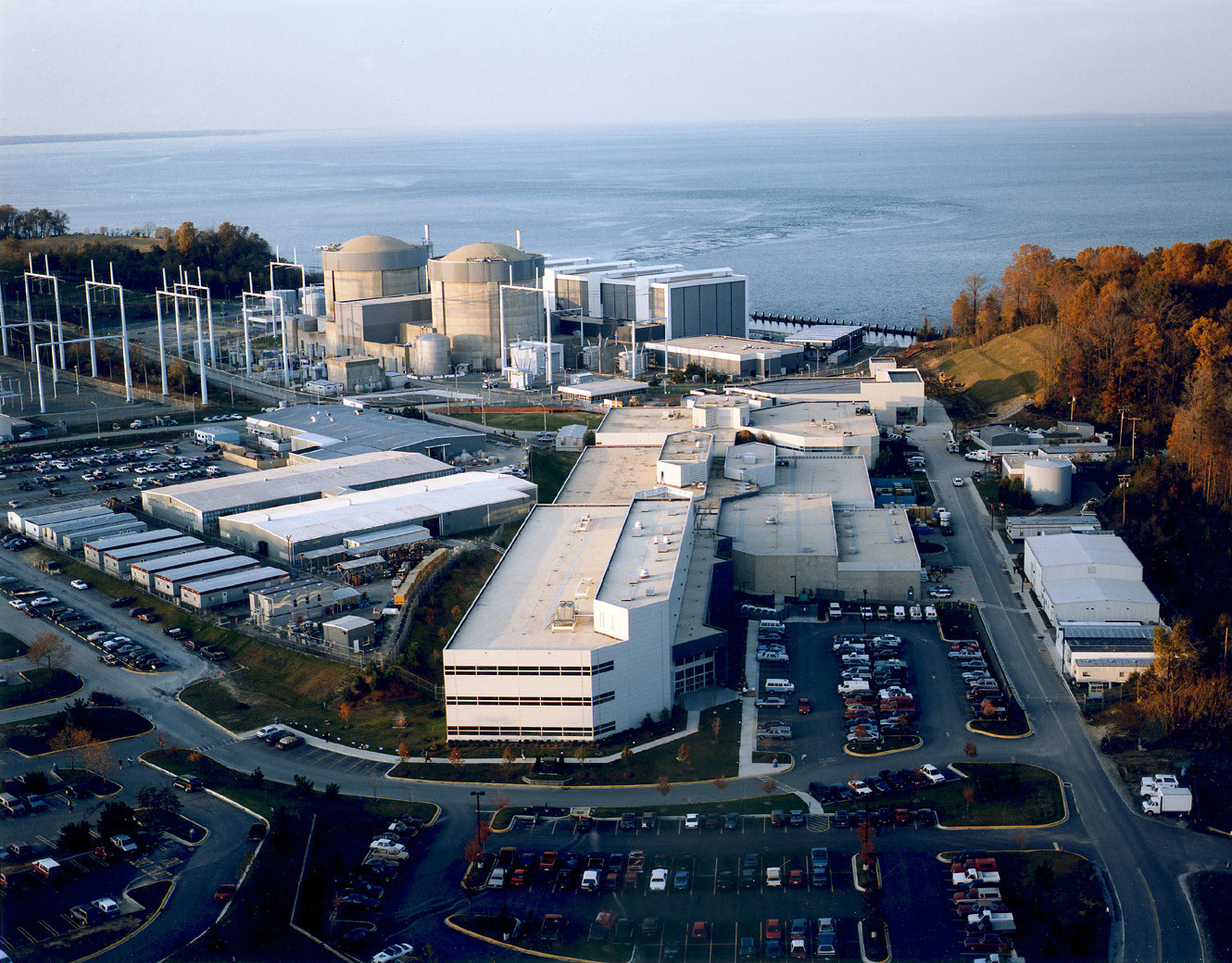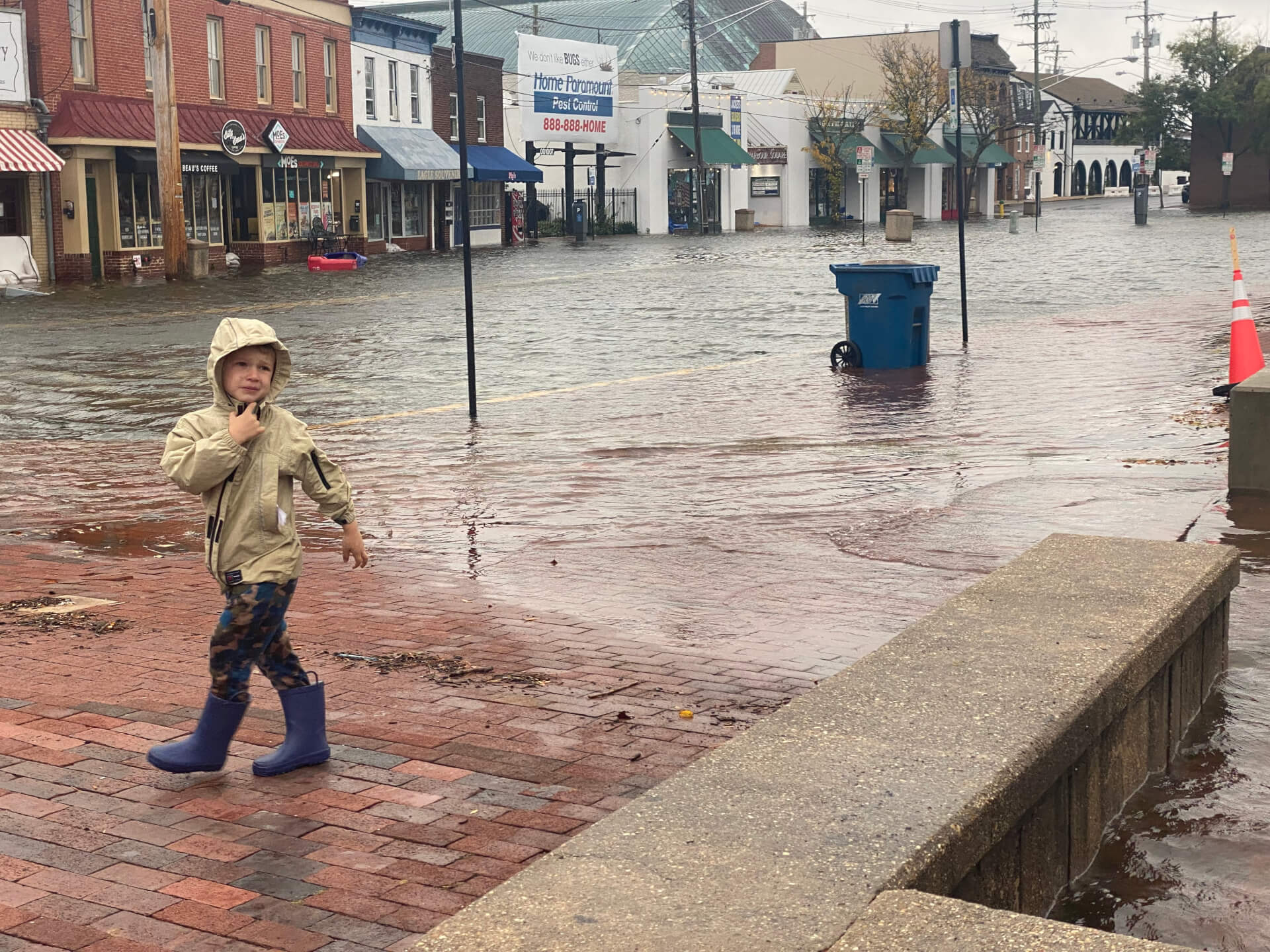
By Alex Pavlak, Robert Borlick and Janet Christensen-Lewis
The writers are members of the Future of Energy Initiative, a group of engineers working to develop clean energy systems.
Do Maryland’s stewards realize that they are investing $8.3 billion to procure electricity with a probable market value of $3.3 billion?
Decarbonization is an unprecedented challenge in both its political and system engineering complexity. America’s engineers have used science to build some amazingly complex systems, but their methodology is incompatible with Maryland’s political management structure.
While policymakers are skilled at representing the will of the people, they lack the discipline required to set rational goals and the experience to develop complex systems. This is not a problem with conventional systems like bridges and tunnels but is a serious challenge with unprecedented systems like those needed for decarbonization.
Maryland’s citizens deserve stronger, better informed, more rational executive judgment. The risk is that the state’s citizens eventually rebel at high electricity prices and Maryland gets stuck with an expensive, dirty, unreliable, electric power system. Offshore Wind Round 2 (OSW-2) is a harbinger.
On Dec. 17, 2021, the Maryland Public Service Commission granted two awards, approving the purchase of 1,654 megawatts of offshore wind renewable energy credits, or ORECs, over a 20-year period. Unlike ordinary renewable energy credits which are market based, ORECs have a fixed price that will be guaranteed by Maryland electricity consumers. We estimate the present value of these ORECs, to be $8.3 billion. Our methodology and numbers are similar to that of ICF Resources, the Public Service Commission’s independent contractor.
The Clean Energy Jobs Act specifies an OSW-2 minimum capacity of 1,200 MW by 2030, subject to a ratepayer cap. This cap discounts to an authorized subsidy of less than $1 billion.
The primary ambiguity with the Clean Energy Jobs Act specification is the need to forecast PJM wholesale electricity prices from 2026 through 2045. Wholesale electricity prices are primarily driven by natural gas prices. The U.S. Energy Information Agency estimates that, absent federal policy changes, real natural gas prices will remain low and flat through 2045. There is a lot of natural gas available through fracking.
Based on this, our judgment is that the average real wholesale electricity price inflation will be close to zero. This judgment, zero-real-price-inflation, concurs with that of ICF.
The PJM Independent Market Monitor published estimated revenues for New Entrant OSW projects. Based on the PJM report and the zero-price-inflation assumption, the present value of OSW-2 electricity market revenue is about $3.3 billion.
The zero-price-inflation assumption for PJM market revenue implies the combined OSW-2 project is too expensive, that offer prices were too high to simultaneously satisfy both the 1,200 MW minimum capacity and the ratepayer caps specified by the Clean Energy Jobs Act. A policy neutral Public Service Commissiom would not have issued two awards.
They could have issued one award that was price compliant (but not capacity requirement) or have sent the Clean Energy Jobs Act back to the legislature so elected representatives could either raise the cap or explore technology alternatives to OSW-2 (e.g. nuclear).
Instead, the Public Service Commission disagreed with ICF arguing that ICF’s zero-price-inflation and other input assumptions are “conservative,” and then it adopted the “aggressive” input assumptions of the higher priced project developer’s consultants. These more aggressive assumptions increased the forecast offset revenue. A big enough assumption can reduce the consumer subsidy to the $1 billion limit imposed by the Clean Energy Jobs Act.
What is Maryland’s big picture? How do all the pieces fit together into an integrated reliable electric power system? Piecemeal investments are becoming substantial and should be based on an integrated vision of a reliable, optimal-cost, fully decarbonized system.
Maryland’s challenge is to temper political aspirations with physical and economic realities. Citizens deserve better-informed, more rational policymaking.
We recommend that Gov. Larry Hogan establish a robust advisory function, a gubernatorial decarbonization commission consisting of experts chosen to balance bipartisan politics with physical and economic reality, who invest the effort needed to understand the choices needed to fully decarbonized whole systems and provide sound quantitative options for Maryland policymakers.




 Creative Commons Attribution
Creative Commons Attribution